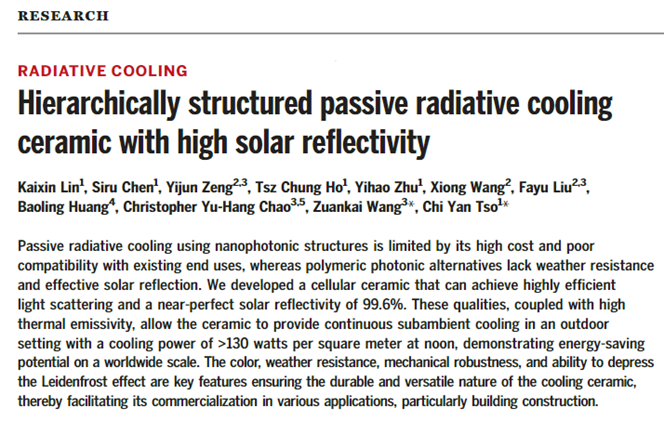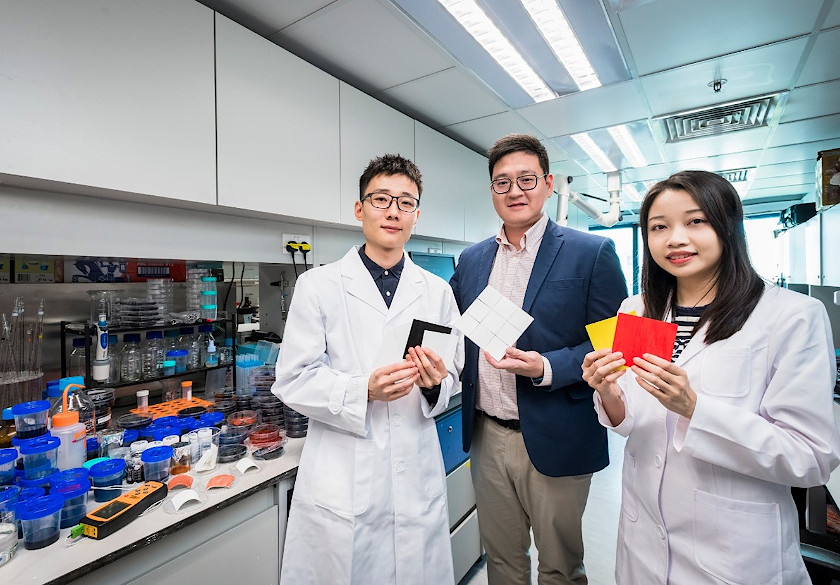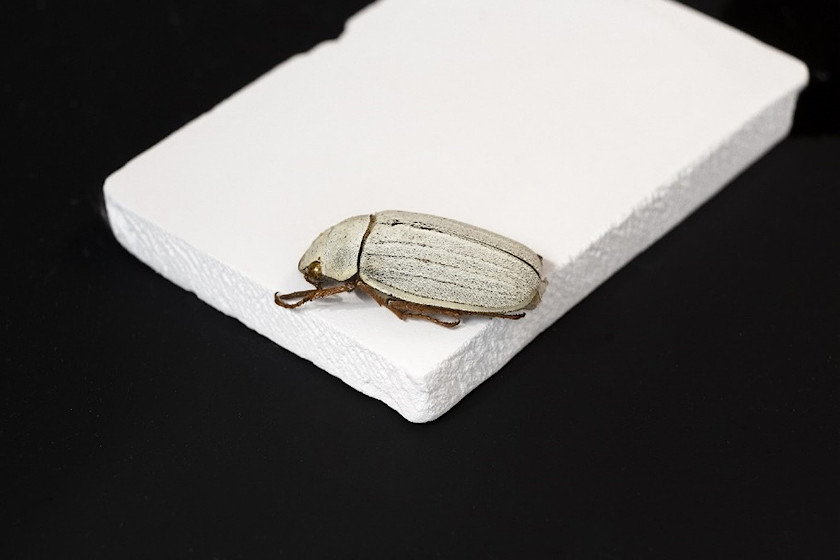Advanced Ceramic Materials for Efficient Passive Radiative Cooling: A Fresh Perspective on Building Energy-saving

A groundbreaking research outcome by using a porous ceramic design for efficient passive radiative cooling has been published in the latest issue of Science, a highly esteemed and renowned research journal in scientific community. The research article is titled “Hierarchically Structured Passive Radiative Cooling Ceramic with High Solar Reflectivity”. Prof. Edwin Chi-Yan TSO, an Associate Professor of the School of Energy and Environment (SEE) at CityU and the first corresponding author of the paper, highlights that this advanced material (cooling ceramic) offers a brand-new solution for implementing passive radiative cooling technology in real life applications and combating the escalating cooling energy consumption. The first and second authors of this research article are Prof. TSO’s PhD students, Mr. Kaixin LIN and Ms. Siru CHEN, from SEE.
Unlike existing alternatives, cooling ceramic stands out for its advanced optical performance and applicability. The cooling ceramic features simple structure with highly accessible materials, enabling scalable and affordable manufacturing without the need for complex equipment or expensive resources. The cooling ceramic, inspired from the whitest beetle, Cyphochilus, achieves a recorded-high solar reflectivity of 99.6% and mid-infrared thermal emission of 96.5%. With its exceptional optical performance, the cooling ceramic surpasses current radiative cooling materials in terms of cooling efficiency. Moreover, it exhibits robust mechanical strength, exceptional degradation resistance and even recyclability. Notably, the porous structure of the cooling ceramic efficiently depresses the Leidenfrost effect, outperforming traditional tile materials in terms of evaporative cooling. This unique feature makes it a reliable and safer envelope material.
“Our cooling ceramic offers a game-changing cooling solution for buildings,” said Prof. TSO. “By reducing the thermal loads in buildings, it enhances energy efficiency and contributes to the fight against global warming.”
Experiments have demonstrated that applying the cooling ceramic to a model house roof can result in over 20% electricity savings for space cooling. This breakthrough technology has the potential to reduce reliance on traditional cooling methods, alleviate strain on the electricity grid, and minimize greenhouse gas emissions.
Looking ahead, Prof. TSO and his research team are committed to further advancing passive thermal management strategies. They aim to extend the application of these strategies to various sectors, including textiles, energy systems and transportation, fostering enhanced energy efficiency and sustainability.
For more information about the research, please refer to CityU News.

(From left) Mr. Kaixin LIN, Prof. Edwin Chi-Yan TSO and Ms. Siru CHEN

The bio-inspired high-solar-reflectivity cooling ceramic mimics the bio-whiteness of the Cyphochilus beetle.

Energy-saving performance estimation on a worldwide scale by applying the cooling ceramic as building envelopes.